Workplace ageism continues to erode company cultures and bottom lines across industries. The Equal Employment Opportunity Commission’s (EEOC) decision to prioritize age discrimination in their 2024 Strategic Enforcement Plan highlights the growing significance of this issue.
Recent cases, like the $6.875 million Scripps Clinic Medical Group settlement, serve as a powerful reminder – organizations that overlook the value of experienced professionals don’t just lose talent; they risk their financial future.
Beyond the Surface Costs with Ageism
Looking beneath the surface of legal penalties reveals something far more concerning – the profound impact of ageism on an organization’s soul. When companies allow age bias to cloud their decisions, they don’t just risk fines – they sacrifice the very wisdom that gives them their competitive edge.
There is undeniable evidence of experienced employees’ dedication. When research shows that professionals over 55 bring engagement levels of 65% – notably higher than their younger colleagues’ 58-60% – we’re seeing more than just numbers. We’re witnessing the power of deep-rooted commitment that manifests in growing client relationships, preserving important organizational knowledge, and solving complex challenges with hard-won insight.
When companies let age bias go unchecked, it creates waves that touch every part of the business. Important knowledge stops flowing between generations, teams lose their spark, and relationships with loyal clients begin to fade.
The Financial Implications of Lost Wisdom
When we consider the true cost of losing experienced professionals, the impact runs far deeper than most realize. Yes, the immediate financial burden is striking – replacing senior talent demands between 150% to 200% of their annual salary – but this only scratches the surface.
The numbers tell a striking story – two out of every three workers between 45 and 74 have faced age discrimination. Behind these statistics are countless missed opportunities, lost wisdom, and untapped potential that could have helped businesses grow.
Think about those irreplaceable client relationships formed and nurtured over decades, the subtle understanding of industry nuances, and the countless unwritten insights that walk out the door with each experienced professional who leaves.
These losses create ripples through an organization’s financial fabric that, while harder to quantify, often prove far more costly than the immediate recruitment expenses. It’s a reminder that when we make decisions through the lens of age bias, we’re not just losing employees – we’re losing invaluable organizational wisdom that took years to develop.
The Synergy of Multi-Generational Teams
There’s something truly magical about watching age-diverse teams in action. When we look beyond surface-level metrics and dive deeper into team dynamics, the data reveals an extraordinary truth – teams spanning multiple generations outperform teams of similar ages by up to 35% in productivity. But these numbers only tell part of the story.
What’s particularly fascinating is observing how different generational perspectives weave together to create something greater than the sum of their parts. Picture a workplace where the innovative energy of younger team members naturally intertwines with the deep wisdom of experienced professionals. In these environments, solutions emerge that neither group might have discovered alone.
This beautiful collaboration manifests in countless ways – perhaps it’s a seasoned professional offering invaluable context about past initiatives while a younger colleague introduces fresh technological approaches. Or maybe it’s the natural mentorship that develops when different generations share their unique strengths, creating an organic knowledge exchange that benefits everyone involved.
The result? A rainbow of perspectives that transforms everyday problem-solving into breakthrough innovation. These teams don’t just work better – they create spaces where creativity flourishes, where traditional wisdom meets contemporary insights, and where each team member feels valued for their own contribution to the whole.
So, how can you ensure that your business addresses ageism head-on?
8 Essential, Actionable Steps for Business Leaders to Take to Prevent Ageism
Building an age-inclusive workplace requires more than good intentions – it demands strategic planning and conscious action. Forward-thinking companies are embracing better ways to value workers of all ages. They’re creating fair hiring practices, teaching teams about age bias, and building bridges between generations through mentoring. These aren’t just nice ideas – they’re proven strategies that strengthen the whole organization.
Here’s our recommended framework:
Mindful Recruitment Practices
Start by examining your job postings for subtle age bias. Replace phrases like “digital native” or “energetic” with skill-based descriptions. Remove graduation date requirements and focus instead on competencies and achievements. Consider implementing “blind” resume reviews that mask age-identifying information.
Thoughtful Training and Development
Create learning opportunities that respect different learning styles and experience levels. Offer reverse mentoring programs where younger employees share technical skills while experienced staff share industry insights. Ensure training materials and methods are accessible and comfortable for all age groups.
Inclusive Team Building
Design projects that intentionally mix age groups, allowing natural knowledge exchange. Create opportunities for different generations to lead initiatives based on their unique strengths. Foster an environment where all team members feel their contributions are valued, regardless of age.
Flexible Work Arrangements
Recognize that workers at different life stages have varying needs. Offer options like flexible hours, remote work, or part-time schedules. Given the proven success of remote work during the pandemic, forcing a full return to the office can alienate valuable talent across generations – from experienced professionals who’ve mastered remote collaboration to younger workers who prioritize work-life balance.
Smart companies are adopting hybrid models that combine the best of both worlds, allowing teams to maintain productivity while accommodating diverse life circumstances. Remember, flexibility isn’t just about location – it’s about trusting your employees to manage their time and deliver results, regardless of age or work style. These arrangements often help retain experienced professionals while attracting younger talent seeking work-life balance, ultimately creating a more dynamic and adaptable workforce.
Fair Performance Metrics
Develop evaluation criteria that focus on results rather than years of service or cultural fit. Create clear, objective standards for promotion and advancement. Regular audit compensation practices are needed to ensure age doesn’t influence pay decisions.
Leadership Development
Ensure leadership training addresses unconscious age bias. Develop succession planning that considers candidates of all ages. Create pathways for both experienced and emerging leaders to advance.
Regular Assessment and Feedback
Monitor age diversity metrics across all levels of the organization. Conduct regular surveys to gauge inclusion effectiveness. Create safe channels for reporting age-related concerns.
Client and Market Connection
Recognize how age-diverse teams better serve diverse customer bases. Leverage multi-generational insights for market strategy. Maintain valuable client relationships through thoughtful transition planning.
Remember, addressing ageism and age bias isn’t a one-time initiative – it’s an ongoing commitment to creating a workplace where every generation can thrive together. Every step toward including people of all ages significantly strengthens a company. These steps require regular review and adjustment as your organization evolves and grows.
Emily Sprinkle, also known as Emma Loggins, is a designer, marketer, blogger, and speaker. She is the Editor-In-Chief for Women's Business Daily where she pulls from her experience as the CEO and Director of Strategy for Excite Creative Studios, where she specializes in web development, UI/UX design, social media marketing, and overall strategy for her clients.
Emily has also written for CNN, Autotrader, The Guardian, and is also the Editor-In-Chief for the geek lifestyle site FanBolt.com
- Emma Loggins Sprinklehttps://www.womensbusinessdaily.com/author/emma-loggins/
- Emma Loggins Sprinklehttps://www.womensbusinessdaily.com/author/emma-loggins/
- Emma Loggins Sprinklehttps://www.womensbusinessdaily.com/author/emma-loggins/
- Emma Loggins Sprinklehttps://www.womensbusinessdaily.com/author/emma-loggins/







